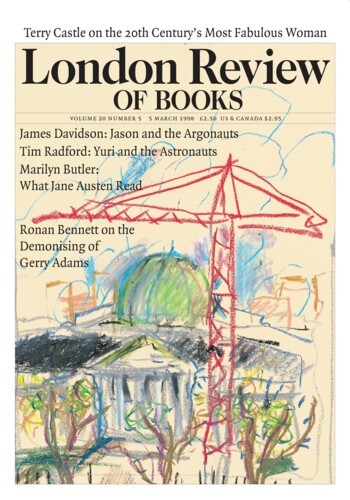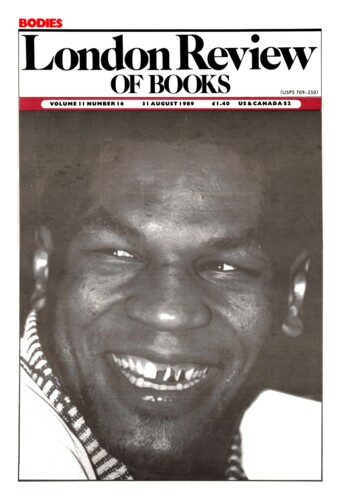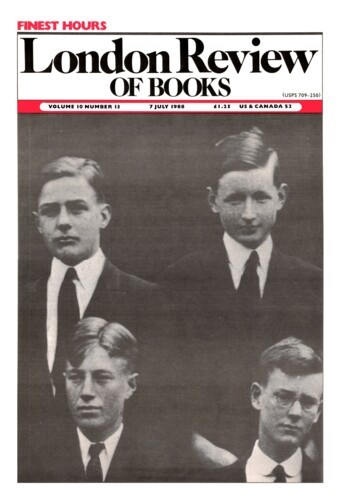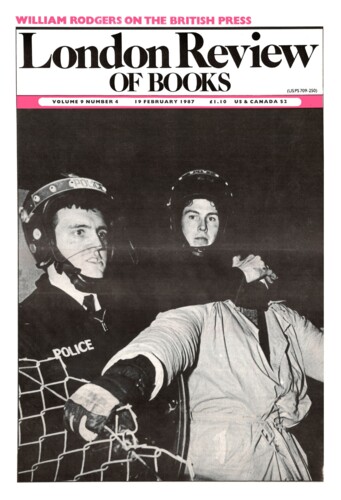Up Horn, down Corn: alternative agriculture
F.M.L. Thompson, 5 March 1998
‘Woad, used by Queen Boadicea’s warriors as war paint, is making a comeback on the Fens of East Anglia,’ runs a recent press report. Perhaps the reporter had already read Joan Thirsk’s new book, since he refers to the closure of the last woad factory in the region, at Parson Drove near Wisbech, ‘80 years ago’, which is a fair rendering of the 1914 demolition date given by Thirsk (who puts Parson Drove in Lincolnshire, although it and the farm, called Woad Mill Farm, are in Cambridgeshire). The reference to Boadicea and war-paint will not amuse her, however, since perpetuation of woad’s mythical association with naked soldiers prancing about in the chilly fenlands does nothing for its status as a serious agricultural crop, with a long history as the supreme dark-blue natural dye, more subtle if more expensive than indigo and prized for US Army and police uniforms long after the introduction of chemical dyes. It did not have a continuous history as a serious crop, for reasons which Thirsk makes plain: it is labour-intensive, it exhausts the soil, its fermentation smells strongly, and it requires a woadmill close at hand. She dates its introduction as a crop grown widely, though never extensively, in England, to the late 16th century – so much for Boadicea – partly under the stimulus of the rising price of imported Italian woad, but mainly because falling grain prices made alternative crops attractive.’‘




